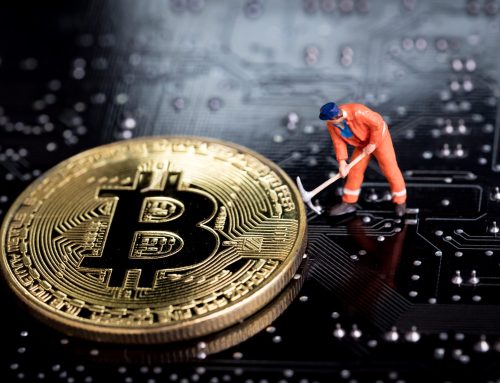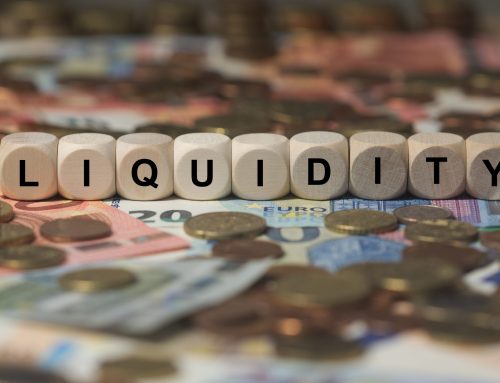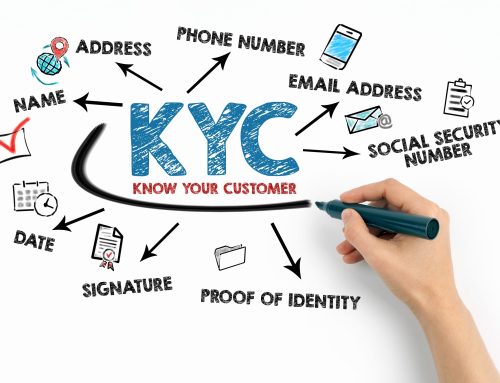Understanding Gas Fees: A Deeper Dive
Think of gas fees as the cost of sending a package on a blockchain network like Ethereum. Just like a courier service charges you to deliver your package, miners (the computers that process transactions on the blockchain) charge you a fee to process your transaction. This fee is known as a gas fee.
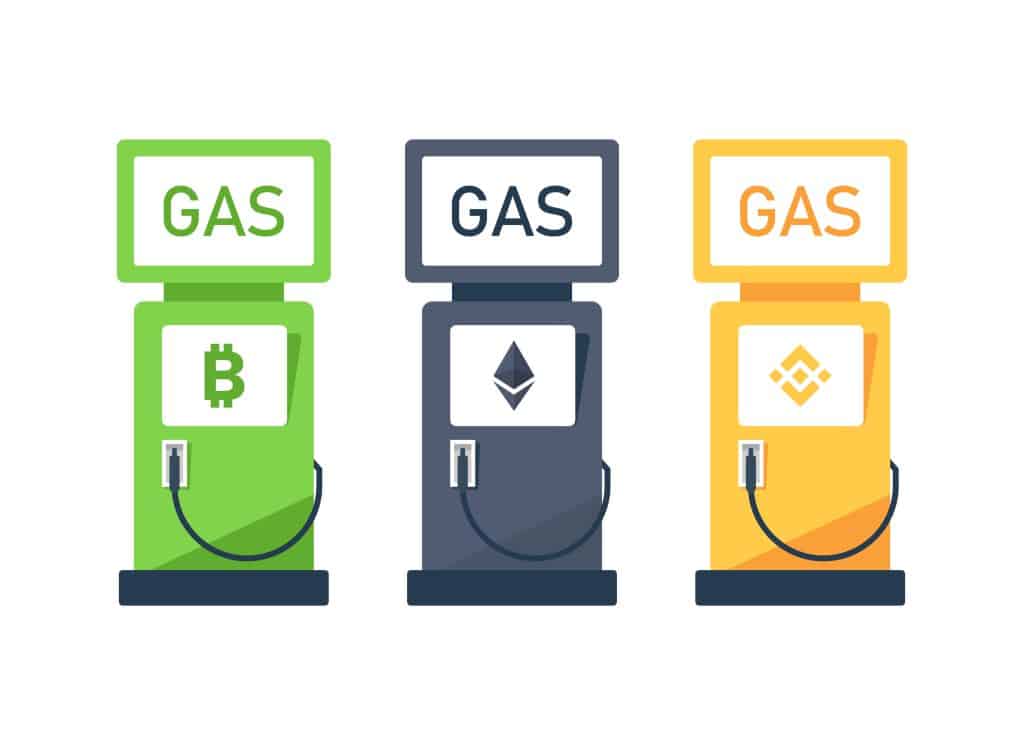
Now, how are these gas fees calculated? It’s a bit like calculating the cost of your package delivery.
- Gas Limit: This is similar to the size of your package. The larger or more complex your transaction (like a smart contract), the more computational power it requires to process, and thus, the higher the gas limit.
- Gas Price: This is like choosing the speed of your delivery. You can pay a higher price to have your package delivered faster (higher gas price), or you can choose a slower, cheaper delivery option (lower gas price).
So, the total gas fee you pay is like the total delivery cost, which depends on the size of your package and the delivery speed you choose.
Imagine you’re sending a piece of art to a buyer. A larger, more delicate piece will require more packing material and care, increasing the shipping cost (gas limit). If you need the art delivered overnight, you’ll pay a premium for express shipping (gas price). But if you’re not in a hurry, you can choose standard shipping and pay less.
Ethereum gas fees, for example, are paid in a fraction of Ether called Gwei. The higher the gas price you set, the faster your transaction is likely to be processed. However, this also means you’ll pay more in gas fees
For high-net-worth individuals (HNWIs) making large-volume trades, understanding these factors is crucial. It’s like shipping a whole gallery’s worth of art! You’d want to optimize your shipping costs while ensuring your valuable pieces arrive safely and efficiently. That’s where ChainMyne’s expertise comes in.
How ChainMyne Can Help
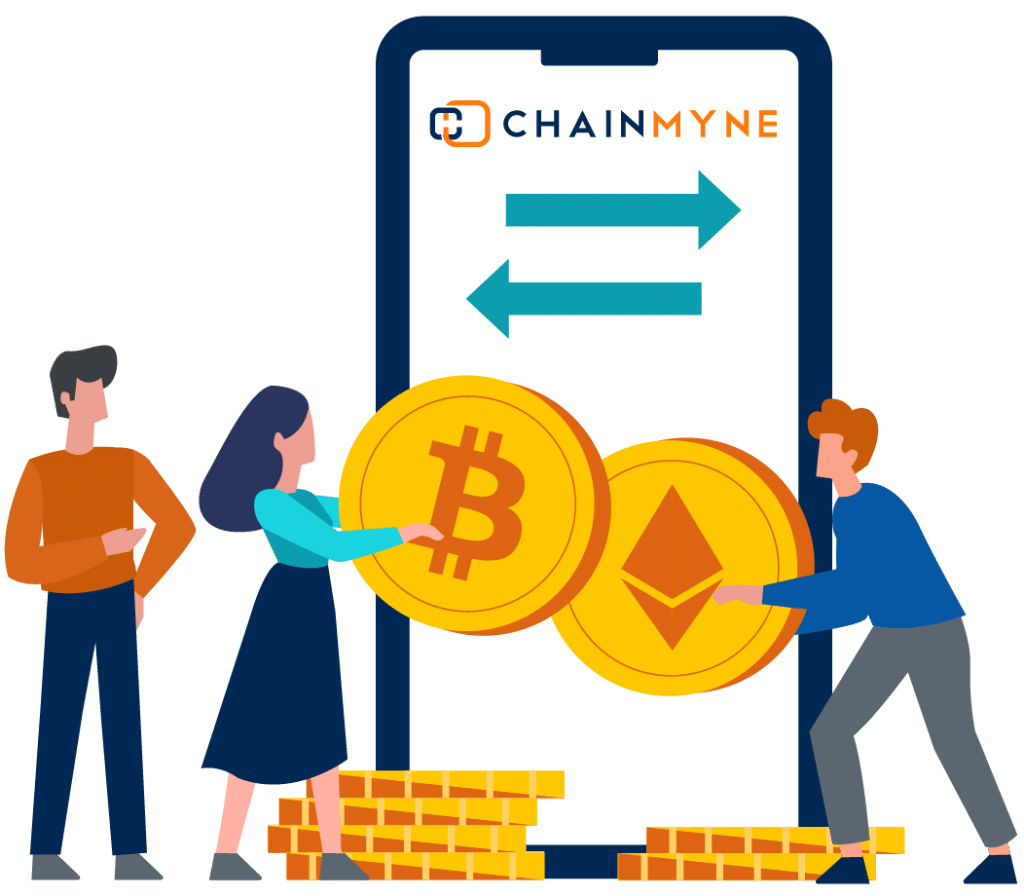
Our OTC desk specialists work closely with you to understand your specific needs and risk tolerance. They can help you time your transactions strategically to avoid periods of high gas fees and secure the best possible prices for your trades.
In addition, our user-friendly app allows you to monitor gas fees in real-time and make informed decisions about when to execute your trades. You can also track your transaction history and portfolio performance, giving you full visibility and control over your crypto assets.
Conclusion
Gas fees are an integral part of the crypto landscape, especially for HNWIs involved in large-volume trades. By understanding how gas fees work and employing strategies to optimize them, you can ensure cost-effective and efficient transactions. ChainMyne’s OTC desk and app provide the tools and expertise to help you navigate the world of gas fees and achieve your crypto investment goals. Contact us today to learn more.
